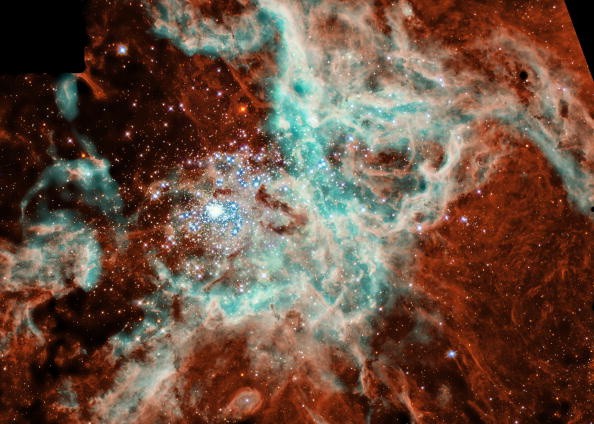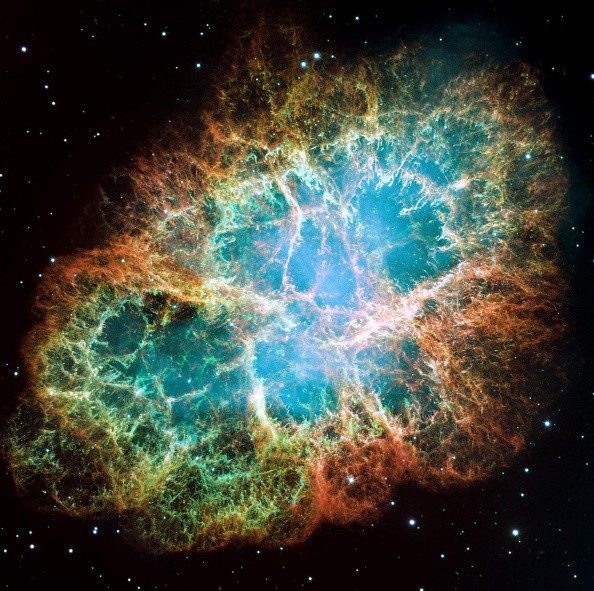Ultrafast space clouds still confuse many astronomers. They are quite different from other gas clouds because they're high-speed.

Known as HVCs (high-velocity clouds), these gas clouds are concentrations of hydrogen gas that can be found in space.
There are some instances where they are found in large complexes.
Space experts are baffled because these clouds have mysterious/anomalous velocities, which are very inconsistent with the Milky Way Galaxy's rotation speed.
Ultrafast Space Clouds Confuse Astronomers
According to Space.Com's latest report, new research was conducted to find the origin of the ultrafast space clouds.

Also Read : Liquid Water on Mars? Scientists Reveal New Study Which May Prove This Claim About the Red Planet
The new study titled "The Origin and Distance of the High-Velocity Cloud MI" was published in The Astrophysical Journal.
Joan Schmelz, the lead author of the study, said that distance could help astronomers understand how HVCs came to be.
"Many of the mysteries would be solved if we just knew how far away they are," said the astronomer at the Universities Space Research Association.
Schmelz and her colleagues focused on an HVC called "MI." Now, here's what they discovered about this high-speed gas cloud.
How are HVCs Possible Formed?
The new study revealed that the HVC MI has an evacuated cavity inside its structure.
Because of this, Schmelz and other involved astronomers concluded that a supernova explosion created the gas cloud.
Another evidence that a supernova formed the MI is the giant star 56 Urase Majoris, an ultradense stellar remnant created by dying stars.
Aside from supernovas/supernovae, experts also believe that the Milky Way from other galaxies just ripped off the ultrafast space clouds.
If you want to see more assumptions as to how these HVCs are formed, you can visit this link.
In other stories, an X1 solar flare from the sun was recently captured by NASA.
Meanwhile, NASA James Webb's images were shown in new x-ray light from Chandra.
For more news updates about HVCs and other space objects, keep your tabs open here at TechTimes.
Related Article : Supercomputer Simulation Shows Possible Moon Origin; Earth's Natural Satellite Formed Faster?
This article is owned by TechTimes
Written by Griffin Davis
ⓒ 2025 TECHTIMES.com All rights reserved. Do not reproduce without permission.




